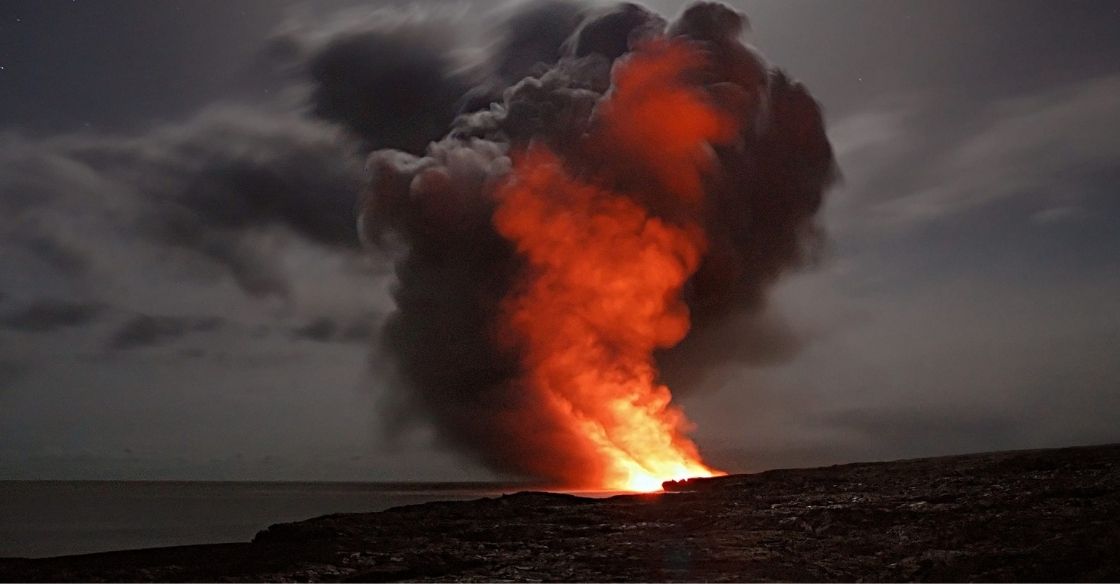Tianjin Citizens Suffering In The Aftermath of Explosion
Citizens of the port city of Tianjin are growing more concerned in the aftermath of the chemical warehouse explosion that left over 100 people dead. As the investigation into the causes behind the explosions continue to unfold, it is becoming apparent that the warehouse in question was one of many that violated safety regulations.
Rapid Development vs. Health and Safety
According to satellite images and a probe into public records, many buildings across China store toxic chemicals too close residential areas and majors roads.
After the explosions occurred in Tianjin, residents have had uncertainty over the presence of toxic chemicals they fear may be in their air and water. This concern has sparked debate regarding transparency of supply chains for sodium cyanide, the chemical driving most of the concern.
The chemical warehouse represents a picture of the problem that China has faced in its rapidly developing industrial sector. According to guidelines from the Ministry of Environmental Protection, some of the industrial parks had “expanded recklessly,” and that such parks “create serious pollution and severe environmental hazards that are affecting social harmony and stability,” the guidelines advised. The guidelines were issued in May of 2015. However, it appears that they have not been heeded yet. On Saturday, August 22nd, Chinese officials reported another explosion and subsequent fire at a chemical manufacturing plant in the eastern province of Shandong.
Chemical Risk Mitigation
As tensions mount between the Chinese government and chemical manufacturers, so too will pressures increase from the international community. Chemical risk mitigation is a highly important function of any healthy supply chain.
To find out how Source Intelligence can make your chemical management easy, request a demo from one of our compliance experts.



